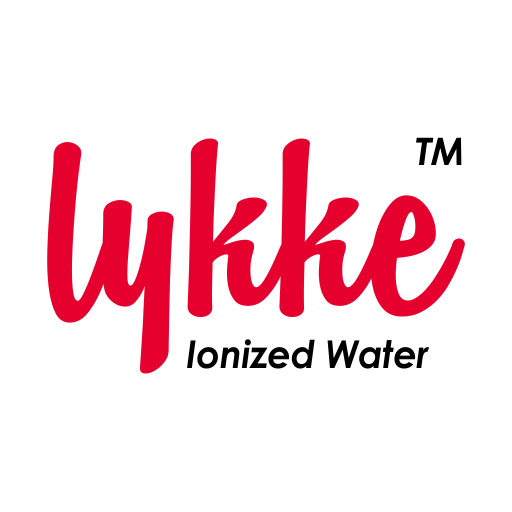

- This event has passed.
WATER pH VALUE
October 24, 2021

You may not have thought much about the pH level of water since you performed experiments in school, but what you learned may be more important than you thought. The pH level of your drinking water can make a difference. While the pH level of your water may not directly affect your health, it can have some indirect health consequences. Read on to learn more.
Levels of pH
The pH is a measurement of the concentration of hydrogen ions in a diluted solution, such as water. The pH scale runs from 1 to 14. A pH level of 7 is neutral, while a pH level below 7 is acidic and a pH level higher than 7 is alkaline. At one extreme is battery acid with a pH level of 0. At the other extreme is lye with a pH of 14.
Drinking Water
Pure water is neutral with a pH level of 7. The U.S. Environmental Protection Agency recommends that municipal drinking water suppliers maintain water with pH levels of 6.5 to 8.5. The pH level of tap water varies but is typically 7.5, whereas common bottled waters have pH levels of 6.5 to 7.5. Bottled waters labeled as alkaline have pH levels of 8 to 9.
Alkaline pH Levels in Drinking Water
Drinking water that has a pH level above 8.5 isn’t necessarily unsafe, but very alkaline water can have an unpleasant smell or taste. It can cause coffee made with it to taste bitter. Alkaline water can also damage pipes. Adding a lime-soda ash mixture can lower the pH level.
Acidic pH Levels in Drinking Water
Drinking water with a pH level below 6.5 can corrode pipes and leach metal. The water can become contaminated with iron, manganese, copper, lead, and zinc. High levels of lead can cause cancer, stroke, kidney disease, memory problems, and high blood pressure. Lead poses a greater health risk to children because their bodies absorb contaminants quicker than adults’ bodies. At high levels, copper, iron, zinc, and manganese can cause health issues, such as nausea, vomiting, diarrhea, kidney disease, and liver disease.
Raising the pH Level
You can take steps to raise the pH level of your drinking water by using a water distiller, neutralizing filter, neutralizing solution, or water ionizer. By heating drinking water, a distiller removes unwanted acidic particles. The steam is condensed to produce water free from acidic contents.
Neutralizing filters release calcium or magnesium into the water system to increase the pH level. The filters also decrease the risk of leaching of copper and lead from pipes. A neutralizing solution, such as sodium carbonate or potassium carbonate, can be added to the water system to increase the pH level.
Finally, a water ionizer uses electrolysis to separate the alkaline and acidic parts of water. The alkaline portion is used for drinking water.

Testing Drinking Water
If you notice water from your faucet has a strange color or a suspicious odor, send a sample of your water to a water sample testing laboratory. You may want to test the water when you move to a new home. The lab can test for microorganisms such as E. coli, fungi, and algae. It also can tell you if the water contains any arsenic, iron, salt, or other elements. If the test shows no problems, you can drink the water and be confident it’s safe. If the testing reveals a problem, you can get it fixed.
Environmental Testing & Research Laboratories, Inc., can test your drinking water to make sure it’s safe for you and your family. Send your sample to one of the best water test laboratories and get rapid and reliable results.
Organizer
- Michael & Ashley
- Phone
- 002 939 445 884
- junk@vamtam.com
- View Organizer Website
